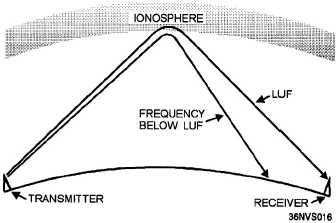Figure 1-16.—Refraction of frequencies below
the lowest usable frequency (luf).
As a frequency is lowered, absorption of the radio
wave increases. A wave whose frequency is too low is
absorbed to such an extent that it is too weak for
reception. Atmospheric noise is also greater at lower
frequencies. A combination of higher absorption and
atmospheric noise could result in an unacceptable
signal-to-noise ratio.
For a given angle ionospheric conditions, of
incidence and set of the luf depends on the refraction
properties
of
the
ionosphere,
absorption
considerations, and the amount of noise present.
OPTIMUM WORKING FREQUENCY
The most practical operating frequency is one
that you can rely onto have the least number of
problems. It should be high enough to avoid the
problems of multipath fading, absorption, and noise
encountered at the lower frequencies; but not so high
as to be affected by the adverse effects of rapid
changes in the ionosphere.
A frequency that meets the above criteria is
known as the OPTIMUM WORKING FREQUENCY
It is abbreviated “fot” from the initial letters of the
French words for optimum working frequency,
“frequence optimum de travail.” The fot is roughly
about 85% of the muf, but the actual percentage
varies and may be considerably more or less than 85
percent.
In this chapter, we discussed the basics of radio-
wave propagation and how atmospheric conditions
determine the operating parameters needed to ensure
successful communications. In chapter 2, we will
discuss basic antenna operation and design to
complete
your
understanding
of
radio-wave
propagation.
1-14

